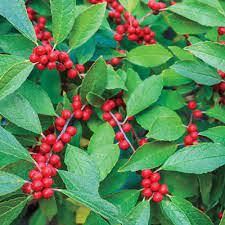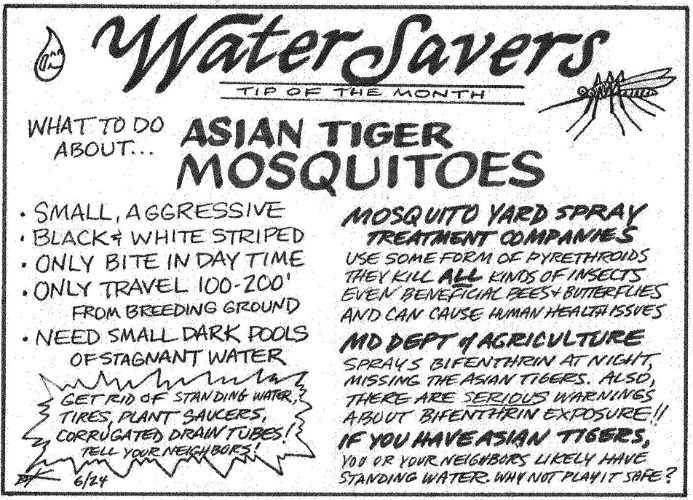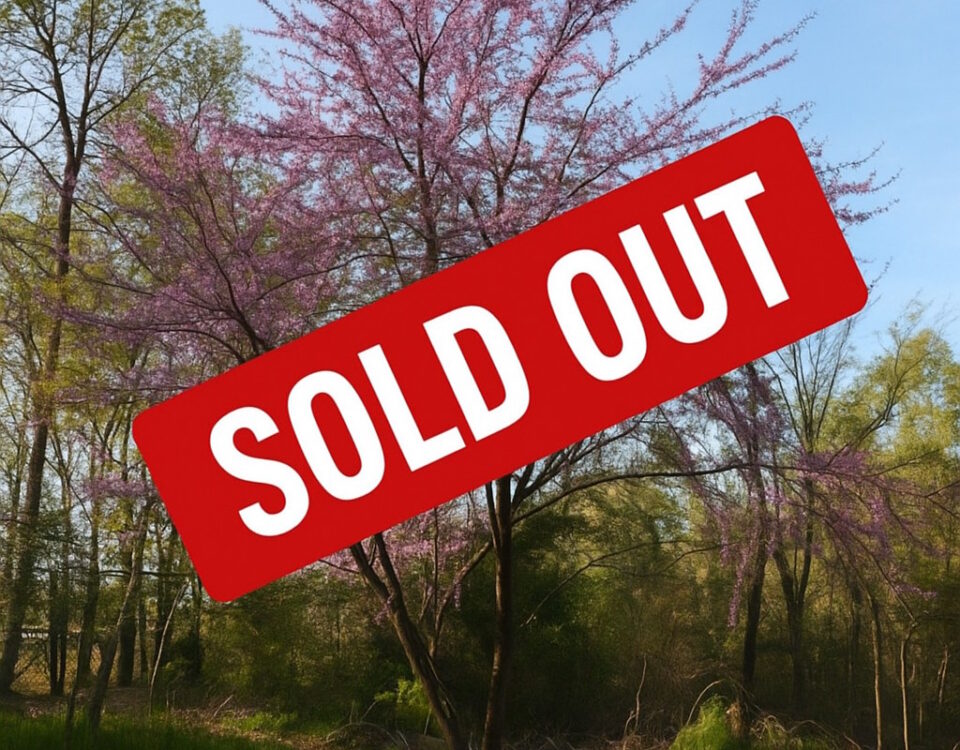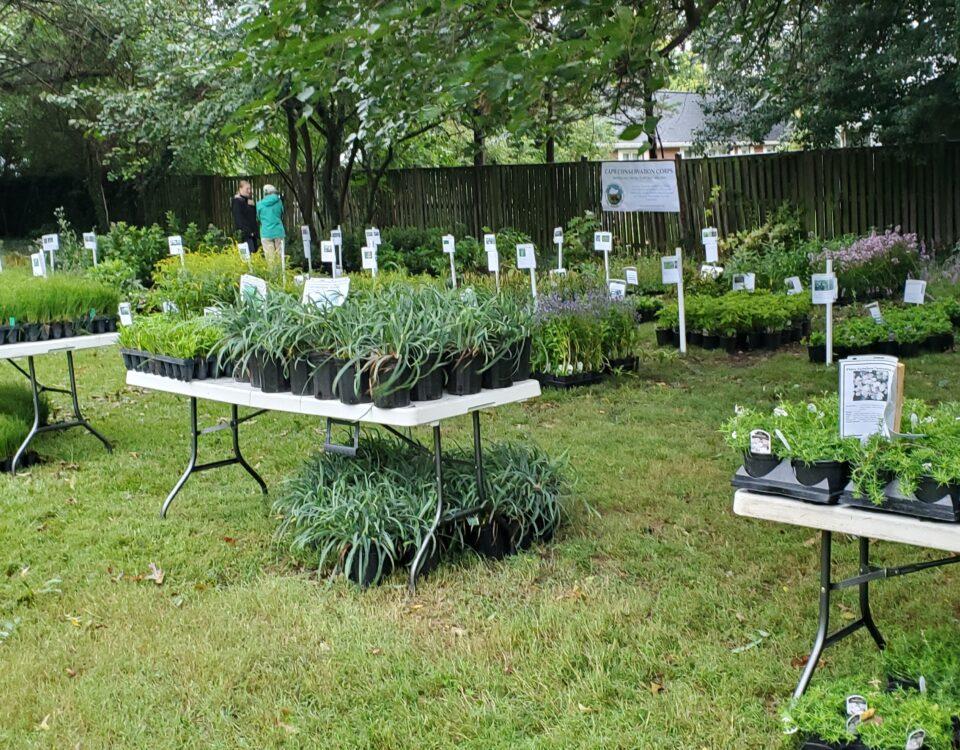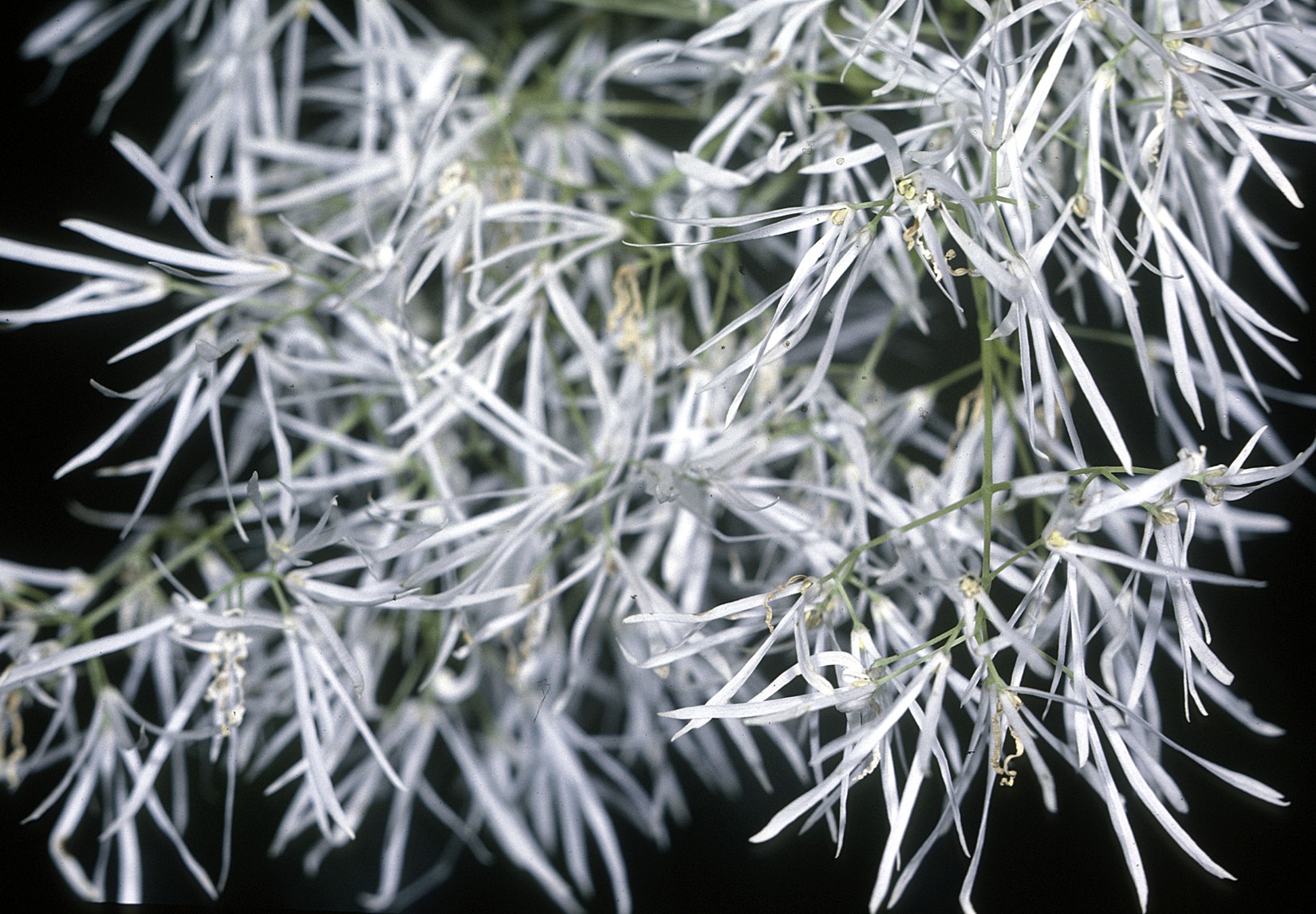
Understory Trees for your Home Landscape
April 14, 2021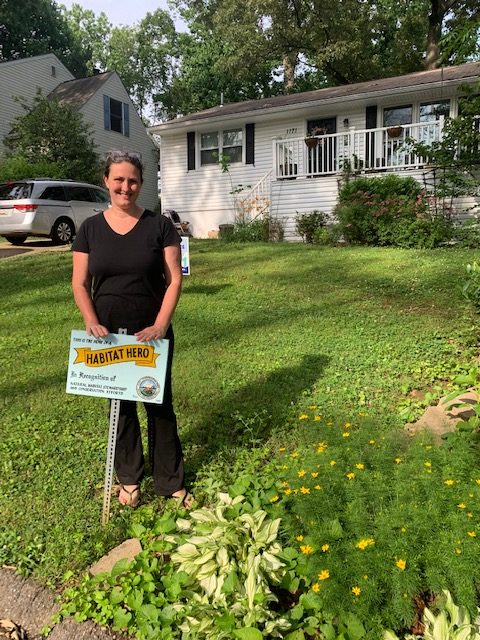
Habitat Hero – June 2021
June 20, 2021By: Stacey Wildberger
Cape Conservation Corps recently offered residents of Cape and Atlantis three FREE native shrubs if they agreed to remove the highly invasive and toxic to birds Nandina (there have been several cases of dead Cedar Waxwing birds with bellies full of their berries). The rules were simple, dig up at least one Nandina domestica Heavenly Bamboo shrub, bag for the landfill (no curb alerts!) and send us picture of the dead shrub and you can choose any combination of the native shrubs we were offering as a replacement. We opened it up to 25 residents and quickly filled the spots. Some people had been wanting to remove them for a while and this was just the motivation they needed. Others read about the dangers of this invasive beast and jumped on board. And some just wanted more natives in their yard. Whatever their reasons our swap was a success! I visited one of our participants and they had about 50 Nandinas. When she came to pick up the replacement shrubs she let me know they had begun to remove some every weekend and were making huge progress. I don’t know exactly how many total shrubs were removed due to the swap but my guesstimate is at least 90-100 with 75 new native shrubs being planted.
Why were we encouraging the removal of this overused shrub? To begin with it offers no wildlife value. The berries have been found to be toxic and even lethal to birds. The berries contain cyanide leading to a quick but painful death. While it isn’t their first choice if there are other resources they will eat them when they have exhausted all other food sources. These shrubs are also highly invasive and will spread rapidly outcompeting native plants that are beneficial to birds and other wildlife.
Let’s look at the shrubs we offered as replacements as well as some other alternatives.
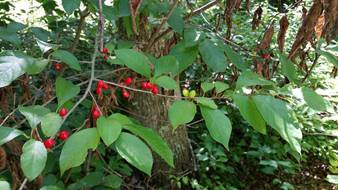
Lindera benzoin Northern Spicebush is a small understory tree that grows 6-12’ in dappled to full shade, tolerating some sun. I chose this for the beautiful yellow early spring color from the blooms, the bright green leaves of the summer that turn yellow in the fall, accented with bright red berries. Spicebush is the host plant for the Spicebush Swallowtail butterfly (the caterpillar looks like a Pokémon creature!!) The birds will also benefit from the bird-safe berries. Cardinals, catbirds, vireos and more can be seen flocking to this tree in the fall.
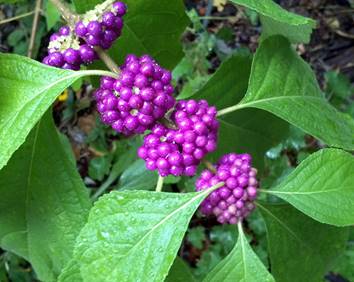
Callicarpa americana American Beautyberry has a beautiful bright purple display of berries that hug tightly to the stem. It grows 3-5’ tall but can spread up to 9’ wide with its wide arching branches. Beckoning to the birds to come enjoy the tasty berries. Other small wildlife will also eat the berries (squirrels, raccoons, opossum and fox). Plant in moist, rich organic soil in part shade. You can prune it back to 2’ less than the desired height. A beautiful shrub for any backyard landscape or restoration planting. Consider using Eastern Columbine, Pink Muhly Grass and Black Eyed Susan as companion plants.
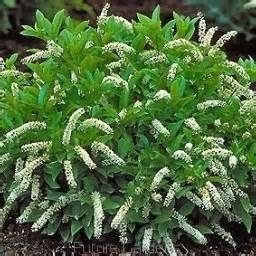
Itea Virginica Sweetspire “Henry’s garnet” I chose this smaller alternative as it grows 3-4’ and spreads about 4-6’. The tiny fragrant white flowers grow in a cylindrical configuration, bloom in early, and offer early pollinators a much needed source of food. The fall color is spectacular with leaves of red, orange and gold persisting well into the winter. Itea will grow well in moist, shady to part shade and even tolerate sunnier areas of the yard. Would work well around a pond, as a woodland border and as foundation planting.
Another great alternative to Nandina is Ilex verticillata Winterberry. The red berries (see picture at top) are a beautiful and safe alternative to the invasive non-native shrub we wanted to replace. You need at least one male mixed in with the females in order to produce the berries. Growing 3-12’ high and wide for a beautiful mass hedge row. The red berries are not only safe but offer a beautiful winter interest view. Prefers moist, organic soils in full sun to part shade.
Even though the swap ended we hope you will still consider removing these shrubs from your landscape and planting one of these great native alternatives. At the very least cut those berries off! We are looking forward to offering another invasive plant swap in the future to encourage all those who want to make a change to using native plants in their landscapes for a better ecosystem but need a little incentive. Tell us what invasive plant you have wanted to get rid of, and for the right replacement you just might do it! I am thinking of targeting the overused Butterfly Bush that offers no ecological value, is highly invasive and low on nutrition. Email [email protected] and give me your suggestions.


